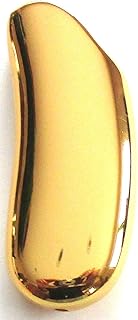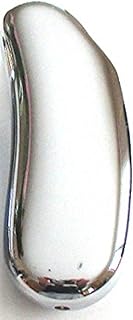* Low fuel: The most common reason a BIC lighter won't light is that it's simply out of fuel.
* Obstructed flame hole: Dust, debris, or even lint can clog the flame hole, preventing the flame from igniting.
* Damaged flint: The flint inside the lighter creates sparks to ignite the fuel. If the flint is worn down or damaged, it won't spark properly.
* Malfunctioning mechanism: The lighter's internal mechanism, which controls the fuel flow and spark generation, can become damaged or worn over time.
* Extreme temperatures: Very hot or very cold temperatures can affect the lighter's performance.
* Moisture: Exposure to moisture can damage the lighter and prevent it from working.
What to Do If Your BIC Lighter Won't Light:
1. Check the fuel level: If the lighter is out of fuel, simply refill it with butane.
2. Clean the flame hole: Use a thin object (like a paperclip) to clear any obstruction from the flame hole.
3. Check the flint: If the flint appears worn or damaged, replace it.
4. Inspect the mechanism: If the mechanism appears damaged, it may need to be replaced or repaired.
5. Avoid extreme temperatures: Store your lighter in a cool, dry place to avoid damage.
Even with proper care, a BIC lighter is not a guaranteed light every time. However, they are generally reliable and can provide many uses before needing to be refilled or replaced.


